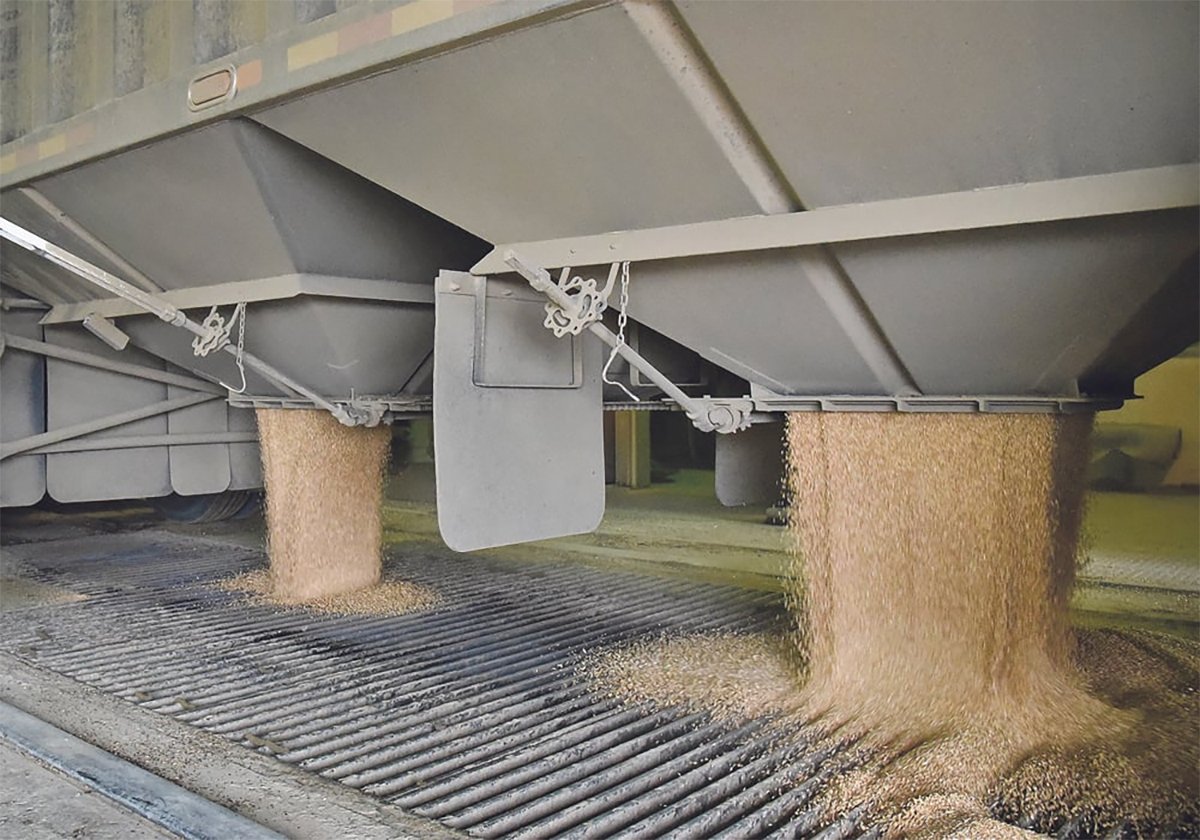Employee profit sharing plans allocate profits from a corporation to its employees.
Farms don’t usually use them, but in some circumstances they may make sense and can be an innovative way to compensate employees.
They are non-registered savings plans in which trusts are established to allow employers to share business profits with some or all of their employees. An employee can include the owner and his family members if they are employees.
The contribution amount usually has a direct correlation to the company’s profits.
Read Also

Worrisome drop in grain prices
Prices had been softening for most of the previous month, but heading into the Labour Day long weekend, the price drops were startling.
A set standard of profit is usually used to determine when profit sharing begins. A percentage above that level is then contributed to the trust. There is no maximum contribution.
All funds in the trust account must be allocated to the participants of the plan at the end of the fiscal year. Only employees are eligible.
Employer contributions are taxable as income to the employee and tax deductible to the company. Allocations to employees are made through contributions paid by the employer, profits of the trust or capital gains and losses of the trust.
The employer is able to deduct all amounts paid to the profit sharing plan within 120 days of his year end, unlike bonuses, which must be paid within 180 days.
Source deductions are not required on these payments because they are not considered to be pensionable earnings. That means no Canada Pension Plan or Employment Insurance deductions.
Say a farm corporation wants to pay out $100,000 to the farmer to bring its taxable income down for its Dec. 31, 2011, year end, but the farmer does not want to report the income on his 2011 personal tax return.
If the corporation declares the payment in its 2011 year end and pays it out between Jan. 1, 2012, and April 30, 2012, it will be deductible to the corporation in its 2011 year end and taxable to the farmer in his 2012 personal tax return. The tax won’t be due until April 2013. There will also be no need for withholdings on this $100,000, so the full amount will go to the farmer.
Careful timing of the employer’s contributions and the plan’s disbursements can provide better cash flow than would a straight bonus payment.
The Canada Revenue Agency has become particularly interested in employee profit sharing plans because of these benefits and the potential for income splitting amongst family members in owner-managed corporations,.
This new attention has prompted the need to pay closer attention to the way company profits are allocated when using these plans.
Each company is unique and careful consideration is needed before deciding to use them in your remuneration strategy.
Colin Miller is a chartered accountant and senior manager in KPMG’s tax practice in Lethbridge. Contact:














